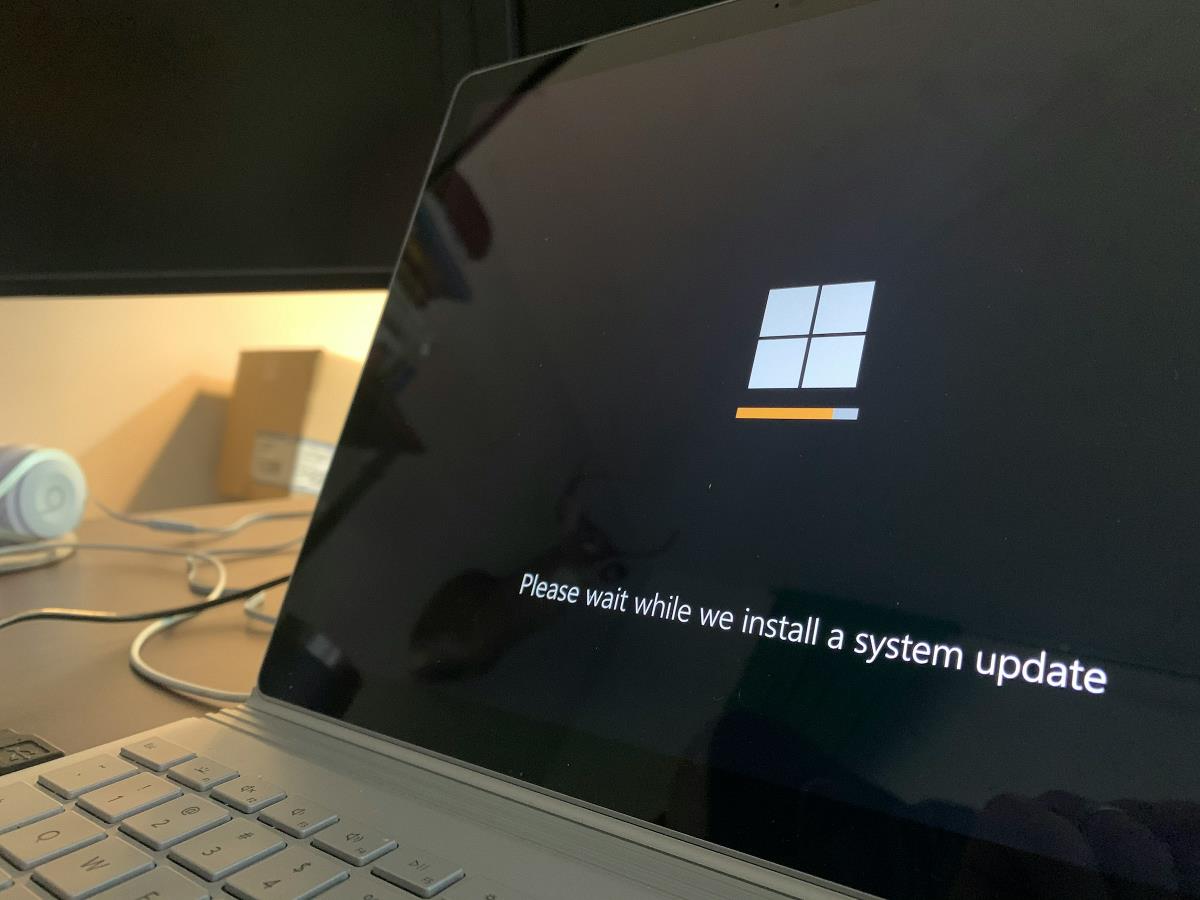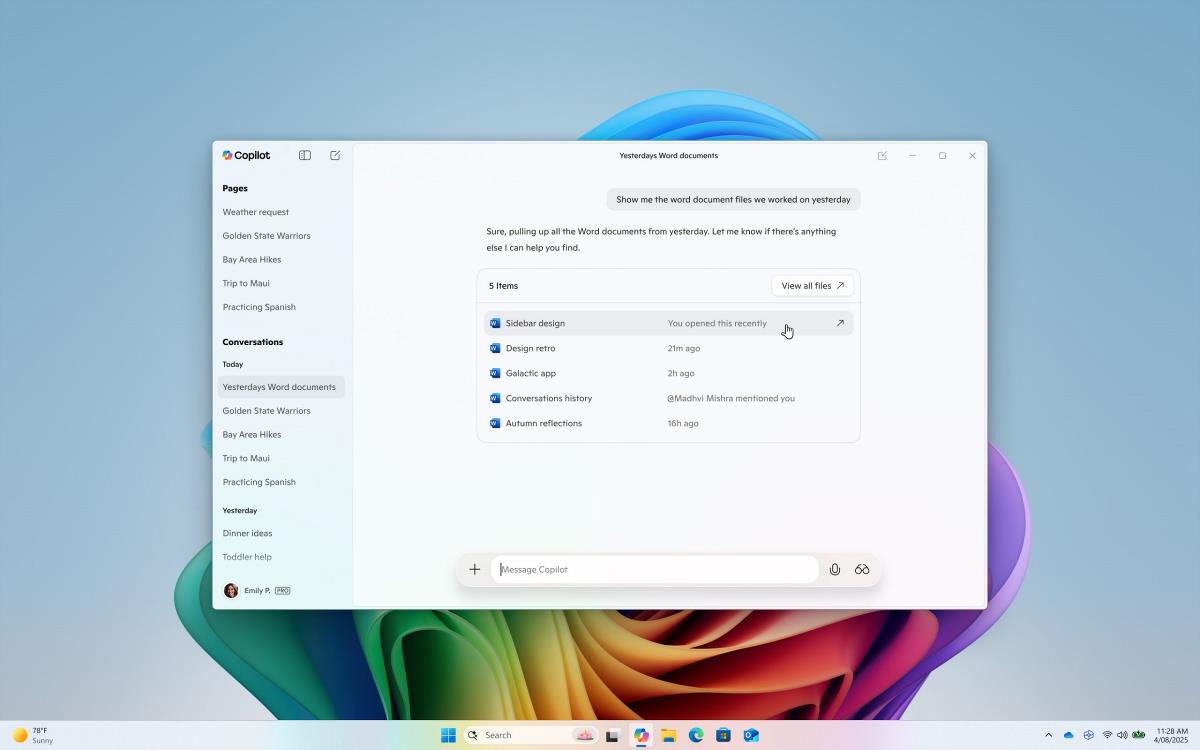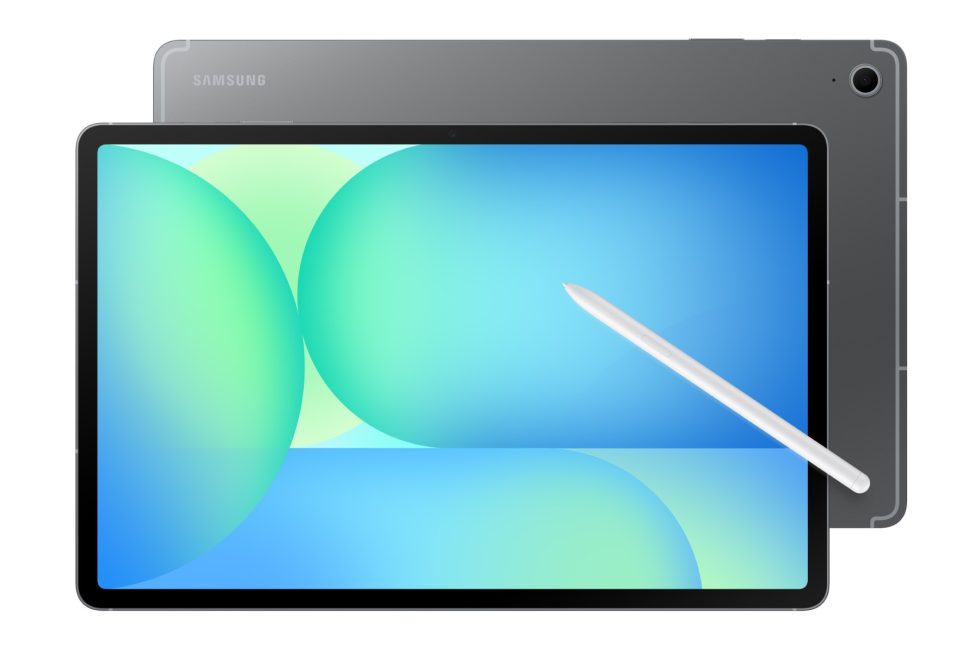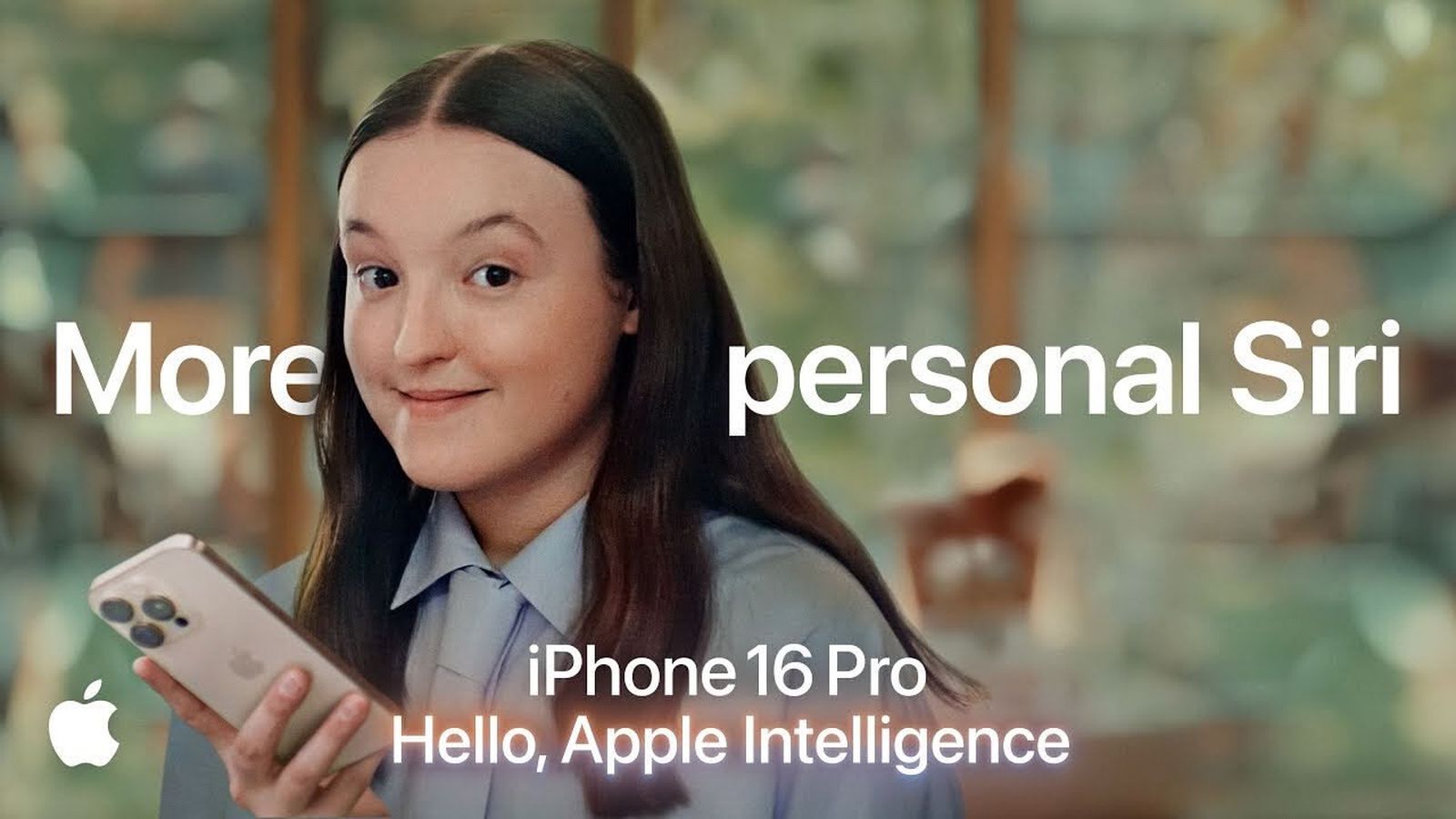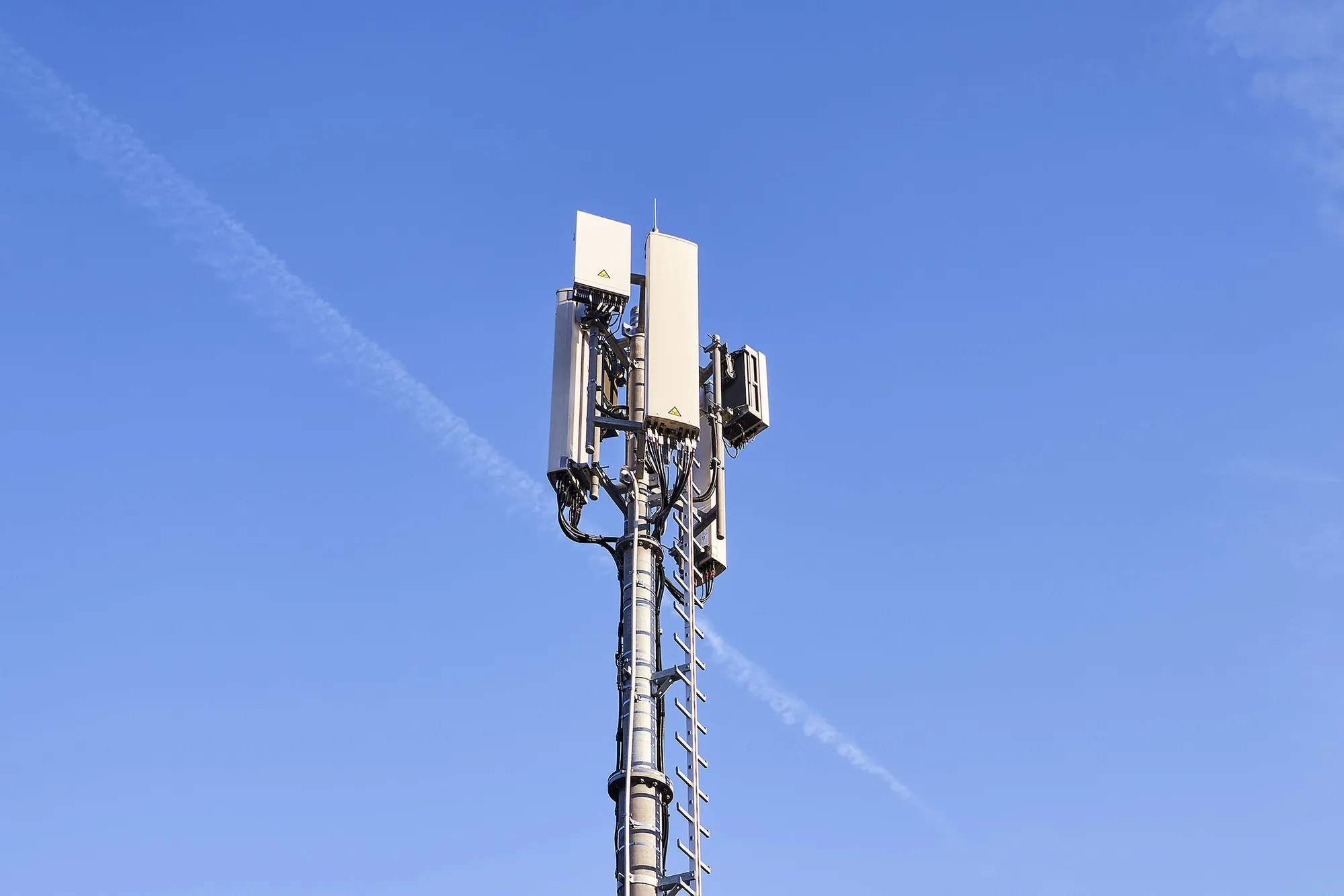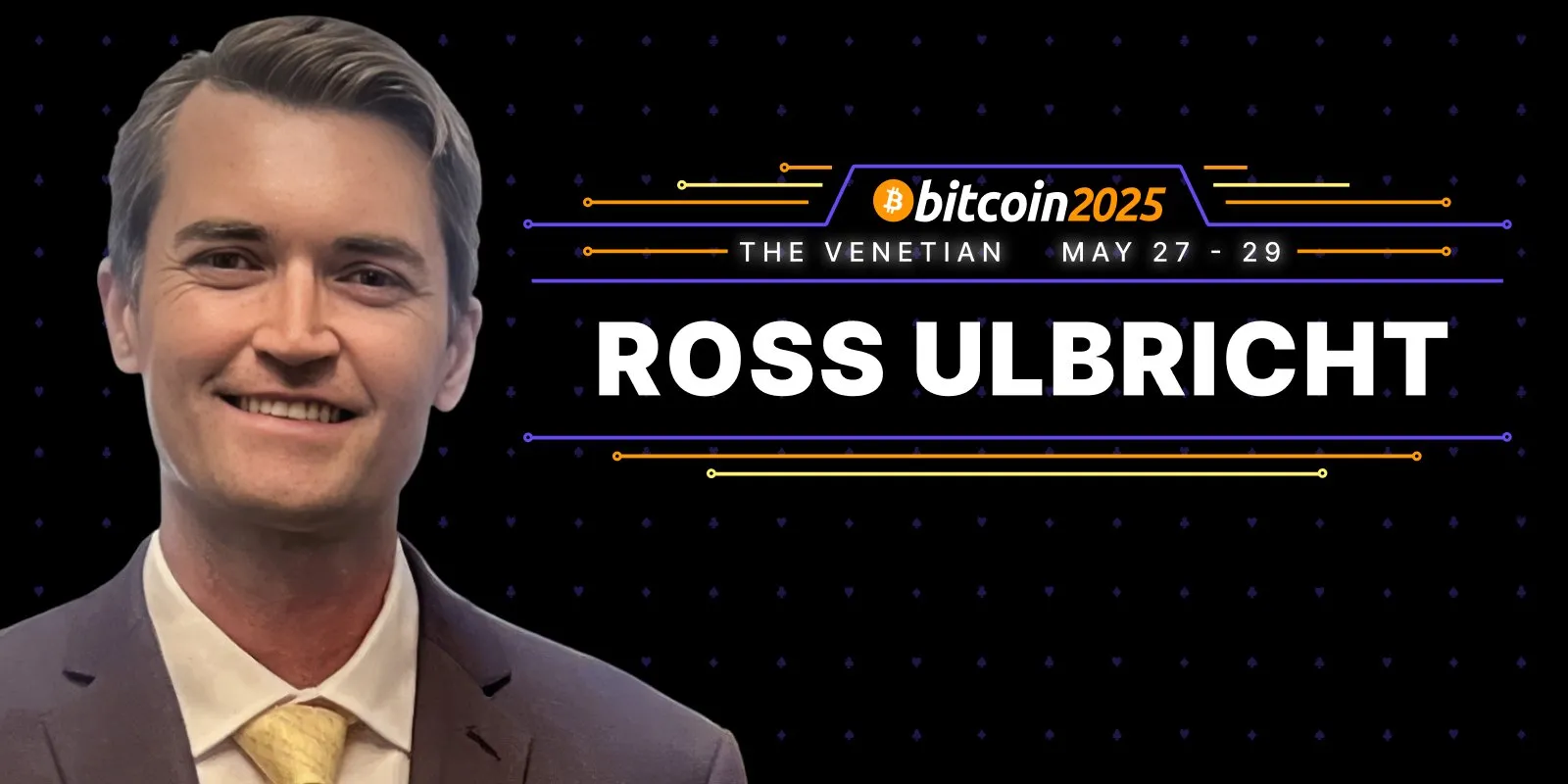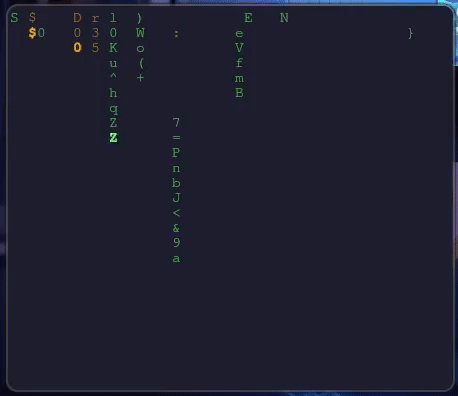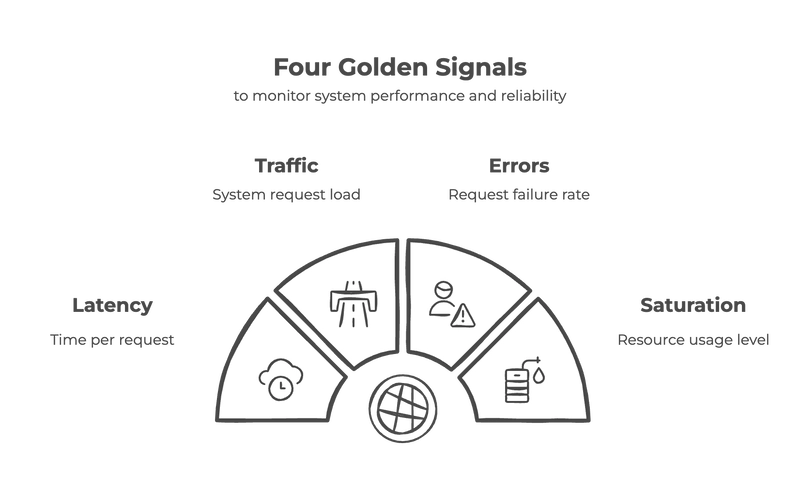The Brain as a Universal Communicator: Unlocking the Future of Human Connection
Author: Dr. Asad Hussain Nationality: Pakistan Email: asadhussain7@gmail.com Introduction Imagine a world where you could communicate with anyone, anywhere in the universe—not through words or devices, but directly from mind to mind. While this may sound like science fiction, emerging ideas in neuroscience, quantum theory, and consciousness studies are pushing the boundaries of what we believe is possible. Could the brain be more than a processor of information? Could it also function as a universal communicator, capable of transmitting and receiving thoughts, energy, or meaning across time and space? The Brain as a Transmitter and Receiver The brain generates measurable electrical activity, expressed in the form of brainwaves—delta, theta, alpha, beta, and gamma—that correspond to different mental states. These oscillations are types of electromagnetic radiation, like radio waves, and thus, in theory, could carry information [1]. Historically, visionaries like Nikola Tesla speculated that the brain might receive "cosmic signals" [2]. In modern science, this idea is partially echoed by advances in brain-computer interfaces (BCIs). These systems allow individuals to control external devices using thought alone. BCIs decode neural signals and translate them into commands for machines—a concept that is no longer speculative but demonstrably functional [3]. Proven: Brain signals can be decoded and used to control devices. Speculative: Brainwaves may be inherently capable of transmitting or receiving information independently, like a radio. Brain-to-Brain Communication: Early Scientific Evidence Recent research has explored direct communication between human brains, bypassing traditional sensory channels. A 2014 study by Rao and colleagues demonstrated a brain-to-brain interface (BBI) that allowed simple data transfer (like binary responses) between participants using electroencephalography (EEG) and transcranial magnetic stimulation (TMS) [4]. In one experiment, a person in India thought of a word, and a subject in France received it via non-invasive neural stimulation—a small but profound step toward true mind-to-mind communication [5]. Proven: Brain-to-brain transmission of simple data has been demonstrated with the aid of technology. Speculative: Future systems may not require technological mediation. The Quantum Consciousness Hypothesis The Penrose-Hameroff theory proposes that consciousness originates from quantum-level processes within microtubules—tiny structures inside neurons [6]. Quantum systems can exhibit non-locality, meaning changes in one system can affect another instantly across space. If consciousness operates on this level, minds could theoretically be interconnected regardless of physical separation. This gives rise to a provocative idea: perhaps thoughts don’t “travel” at all. Instead, they emerge simultaneously in different minds because both are tapped into a shared quantum field—a kind of cosmic internet. Speculative: Quantum processes may enable non-local consciousness and universal connection. Consciousness as a Field Some researchers argue that consciousness might not be produced by the brain, but rather accessed by it—like a radio receiving frequencies. This aligns with theories in transpersonal psychology and ancient spiritual traditions. Phenomena often dismissed as coincidence may be glimpses of this deeper field: Thinking of someone just as they call. Synchronized dreams or emotional states across distances. Sudden insights without apparent source. While mainstream science still views these as anecdotal, open-minded researchers are beginning to ask whether we are tuning into something real and universal [7]. Speculative: The brain may act as a consciousness receiver, tuning into a larger field. Potential Applications of Universal Brain Communication If these ideas continue to advance, the possibilities are transformative: Brainwave Amplification Devices or mental training may allow us to enhance and direct brainwave output—transmitting thoughts across greater distances. Frequency Tuning Like adjusting a radio dial, we could learn to consciously “tune” to different mental or emotional states, or even specific individuals. Instant Connection Across Space Astronauts or remote researchers could stay in sync without delay. Emotional states or knowledge could be shared without verbal explanation. Collective Intelligence Teams could merge brainpower to solve problems collaboratively in real time, beyond the limitations of spoken language. Ethical and Practical Considerations As with any radical technology or capability, universal brain communication raises profound questions: Privacy: Could thoughts be intercepted or manipulated? Consent: How do we protect mental autonomy? Mental Overload: Would constant connection harm cognitive health? These concerns warrant careful exploration as science progresses. Conclusion: A Mind Beyond the Self The idea of the brain as a unive
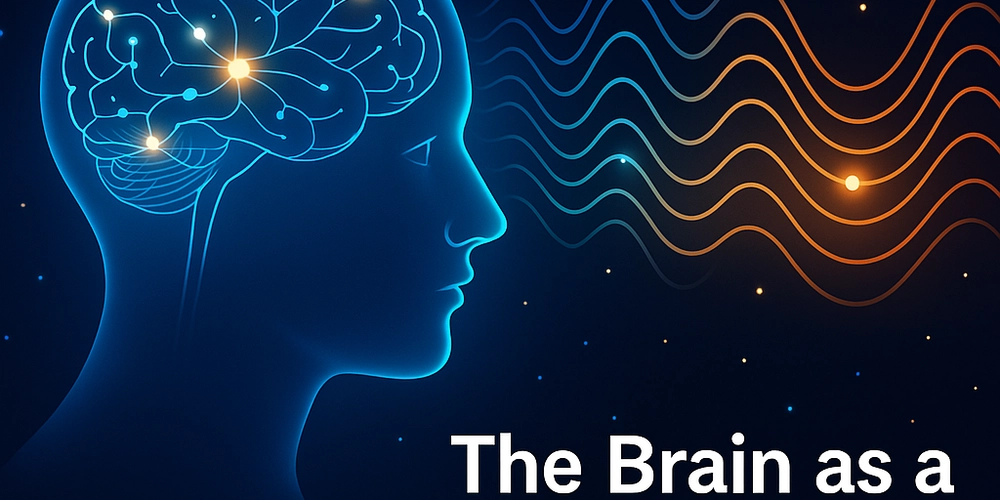
Author: Dr. Asad Hussain
Nationality: Pakistan
Email: asadhussain7@gmail.com
Introduction
Imagine a world where you could communicate with anyone, anywhere in the universe—not through words or devices, but directly from mind to mind. While this may sound like science fiction, emerging ideas in neuroscience, quantum theory, and consciousness studies are pushing the boundaries of what we believe is possible.
Could the brain be more than a processor of information? Could it also function as a universal communicator, capable of transmitting and receiving thoughts, energy, or meaning across time and space?
The Brain as a Transmitter and Receiver
The brain generates measurable electrical activity, expressed in the form of brainwaves—delta, theta, alpha, beta, and gamma—that correspond to different mental states. These oscillations are types of electromagnetic radiation, like radio waves, and thus, in theory, could carry information [1].
Historically, visionaries like Nikola Tesla speculated that the brain might receive "cosmic signals" [2]. In modern science, this idea is partially echoed by advances in brain-computer interfaces (BCIs). These systems allow individuals to control external devices using thought alone. BCIs decode neural signals and translate them into commands for machines—a concept that is no longer speculative but demonstrably functional [3].
Proven: Brain signals can be decoded and used to control devices.
Speculative: Brainwaves may be inherently capable of transmitting or receiving information independently, like a radio.
Brain-to-Brain Communication: Early Scientific Evidence
Recent research has explored direct communication between human brains, bypassing traditional sensory channels. A 2014 study by Rao and colleagues demonstrated a brain-to-brain interface (BBI) that allowed simple data transfer (like binary responses) between participants using electroencephalography (EEG) and transcranial magnetic stimulation (TMS) [4].
In one experiment, a person in India thought of a word, and a subject in France received it via non-invasive neural stimulation—a small but profound step toward true mind-to-mind communication [5].
Proven: Brain-to-brain transmission of simple data has been demonstrated with the aid of technology.
Speculative: Future systems may not require technological mediation.
The Quantum Consciousness Hypothesis
The Penrose-Hameroff theory proposes that consciousness originates from quantum-level processes within microtubules—tiny structures inside neurons [6]. Quantum systems can exhibit non-locality, meaning changes in one system can affect another instantly across space. If consciousness operates on this level, minds could theoretically be interconnected regardless of physical separation.
This gives rise to a provocative idea: perhaps thoughts don’t “travel” at all. Instead, they emerge simultaneously in different minds because both are tapped into a shared quantum field—a kind of cosmic internet.
Speculative: Quantum processes may enable non-local consciousness and universal connection.
Consciousness as a Field
Some researchers argue that consciousness might not be produced by the brain, but rather accessed by it—like a radio receiving frequencies. This aligns with theories in transpersonal psychology and ancient spiritual traditions.
Phenomena often dismissed as coincidence may be glimpses of this deeper field:
- Thinking of someone just as they call.
- Synchronized dreams or emotional states across distances.
- Sudden insights without apparent source.
While mainstream science still views these as anecdotal, open-minded researchers are beginning to ask whether we are tuning into something real and universal [7].
Speculative: The brain may act as a consciousness receiver, tuning into a larger field.
Potential Applications of Universal Brain Communication
If these ideas continue to advance, the possibilities are transformative:
Brainwave Amplification
Devices or mental training may allow us to enhance and direct brainwave output—transmitting thoughts across greater distances.Frequency Tuning
Like adjusting a radio dial, we could learn to consciously “tune” to different mental or emotional states, or even specific individuals.Instant Connection Across Space
Astronauts or remote researchers could stay in sync without delay. Emotional states or knowledge could be shared without verbal explanation.Collective Intelligence
Teams could merge brainpower to solve problems collaboratively in real time, beyond the limitations of spoken language.
Ethical and Practical Considerations
As with any radical technology or capability, universal brain communication raises profound questions:Privacy: Could thoughts be intercepted or manipulated?
Consent: How do we protect mental autonomy?
Mental Overload: Would constant connection harm cognitive health?
These concerns warrant careful exploration as science progresses.
Conclusion: A Mind Beyond the Self
The idea of the brain as a universal communicator challenges long-held views of individualism and isolation. While much of this remains speculative, it's grounded in real experiments, credible theories, and centuries-old human intuition about our connectedness.
As neuroscience, quantum physics, and consciousness research continue to evolve, perhaps the future of human communication lies not in faster machines—but in awakening latent powers of the mind itself.
References
- Buzsáki, G. (2006). Rhythms of the Brain. Oxford University Press.
- Cheney, M. (2001). Tesla: Man Out of Time. Touchstone.
- Lebedev, M. A., & Nicolelis, M. A. (2006). Brain–machine interfaces: past, present and future. Trends in Neurosciences, 29(9), 536-546.
- Rao, R. P. N., Stocco, A., Bryan, M., et al. (2014). A Direct Brain-to-Brain Interface in Humans. PLoS ONE, 9(11), e111332.
- Grau, C., Ginhoux, R., Riera, A., et al. (2014). Conscious Brain-to-Brain Communication in Humans Using Non-Invasive Technologies. PLoS ONE, 9(8), e105225.
- Hameroff, S., & Penrose, R. (2014). Consciousness in the universe: A review of the ‘Orch OR’ theory. Physics of Life Reviews, 11(1), 39-78.
- Radin, D. (2006). Entangled Minds: Extrasensory Experiences in a Quantum Reality. Paraview Pocket Books.

















































































































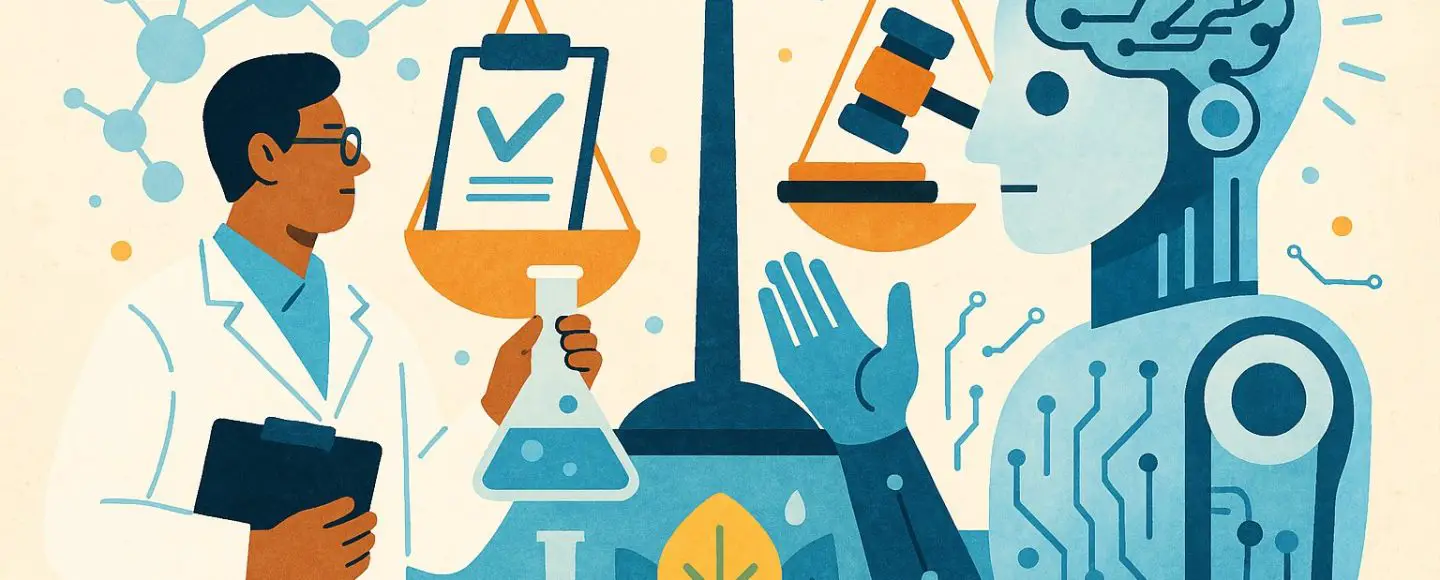
























































![[The AI Show Episode 143]: ChatGPT Revenue Surge, New AGI Timelines, Amazon’s AI Agent, Claude for Education, Model Context Protocol & LLMs Pass the Turing Test](https://www.marketingaiinstitute.com/hubfs/ep%20143%20cover.png)

























































































































































































































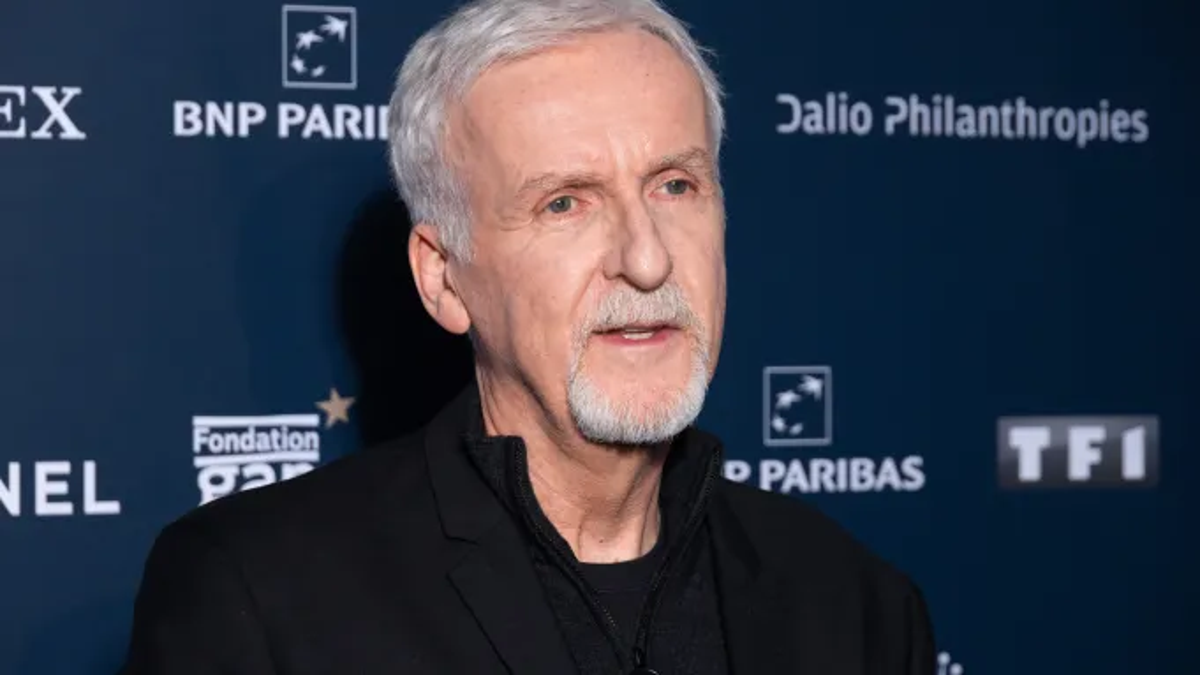



















































.png?#)











































































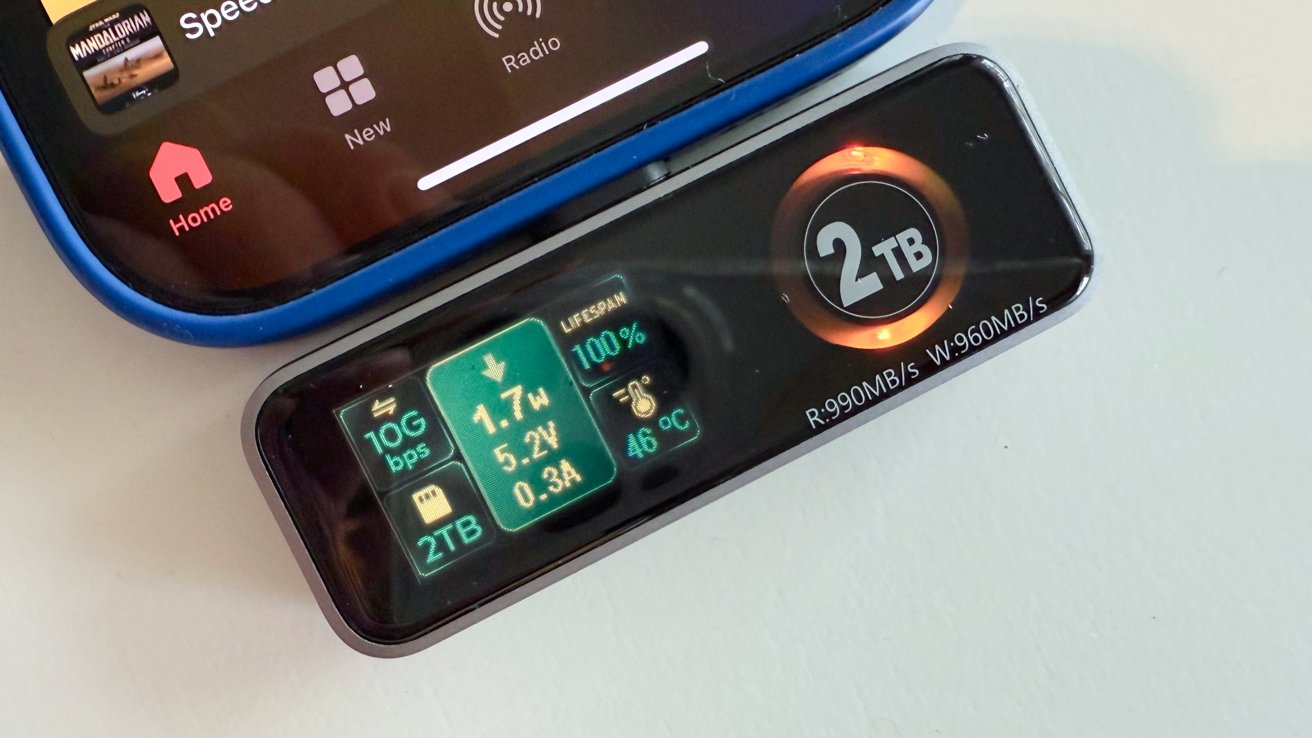



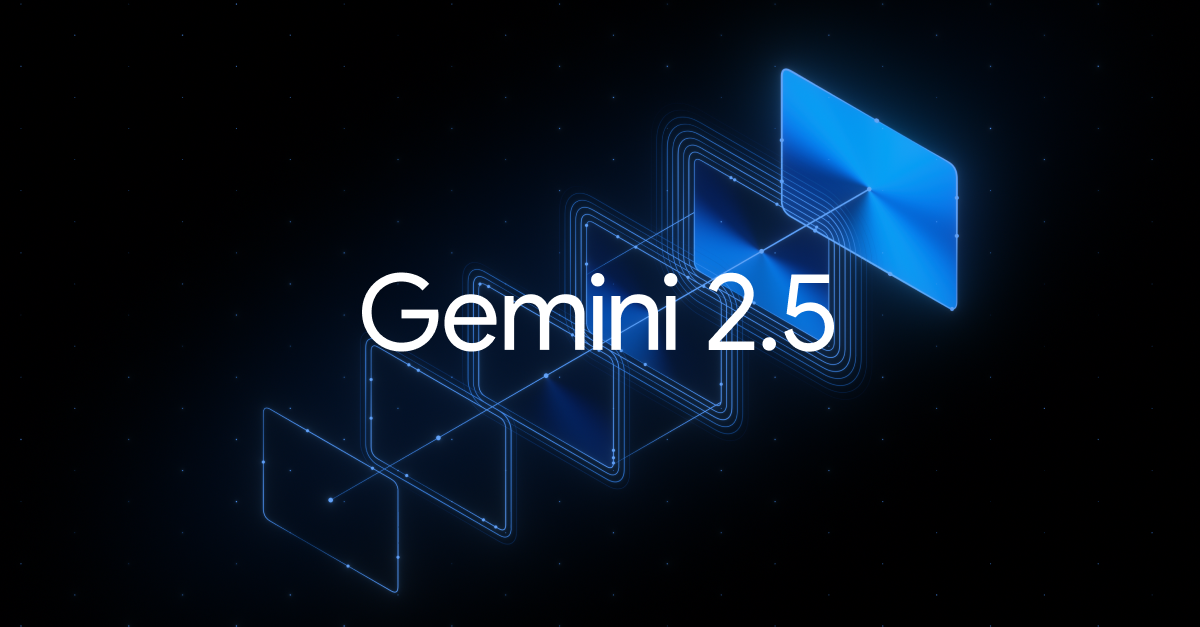
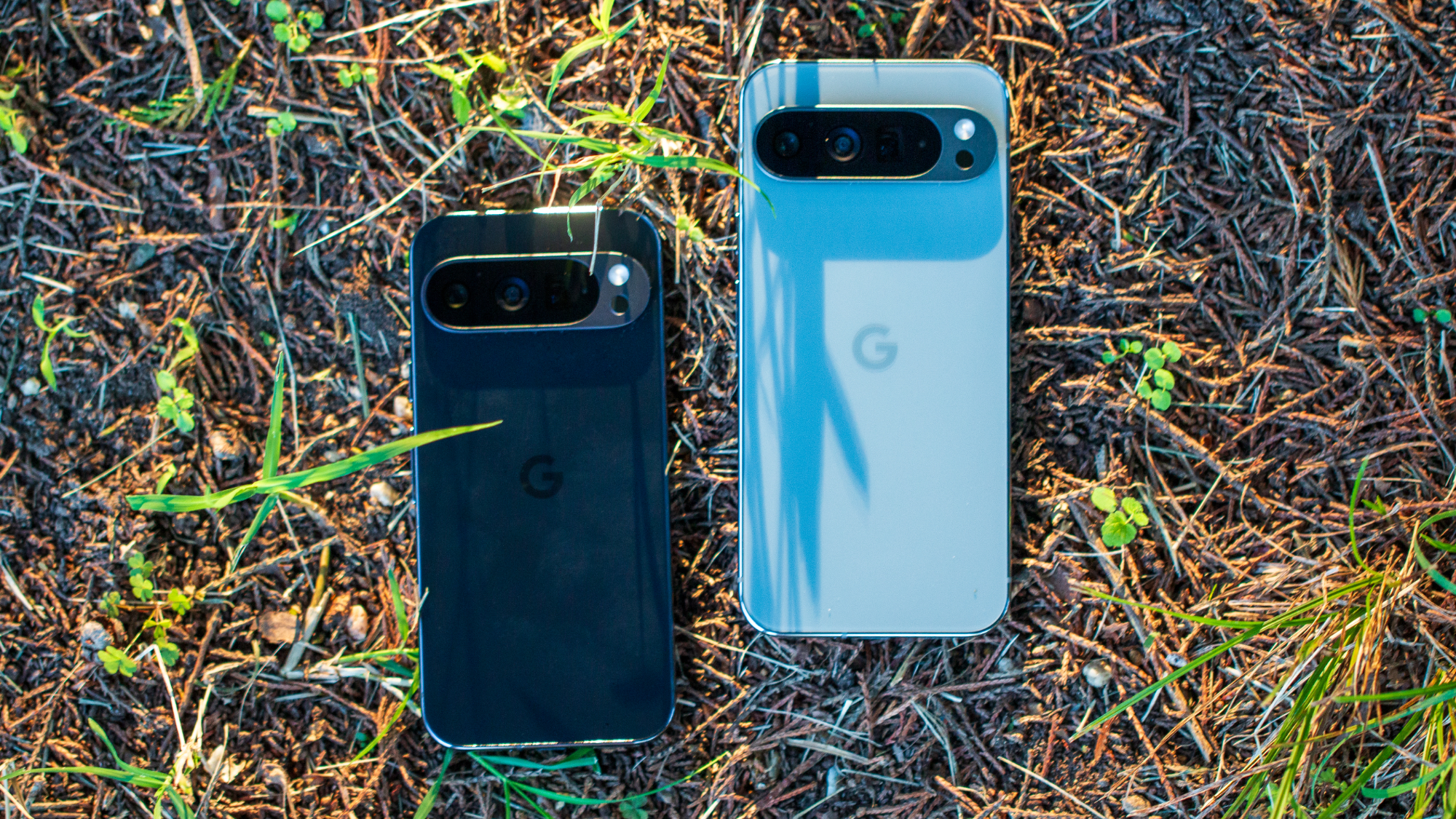
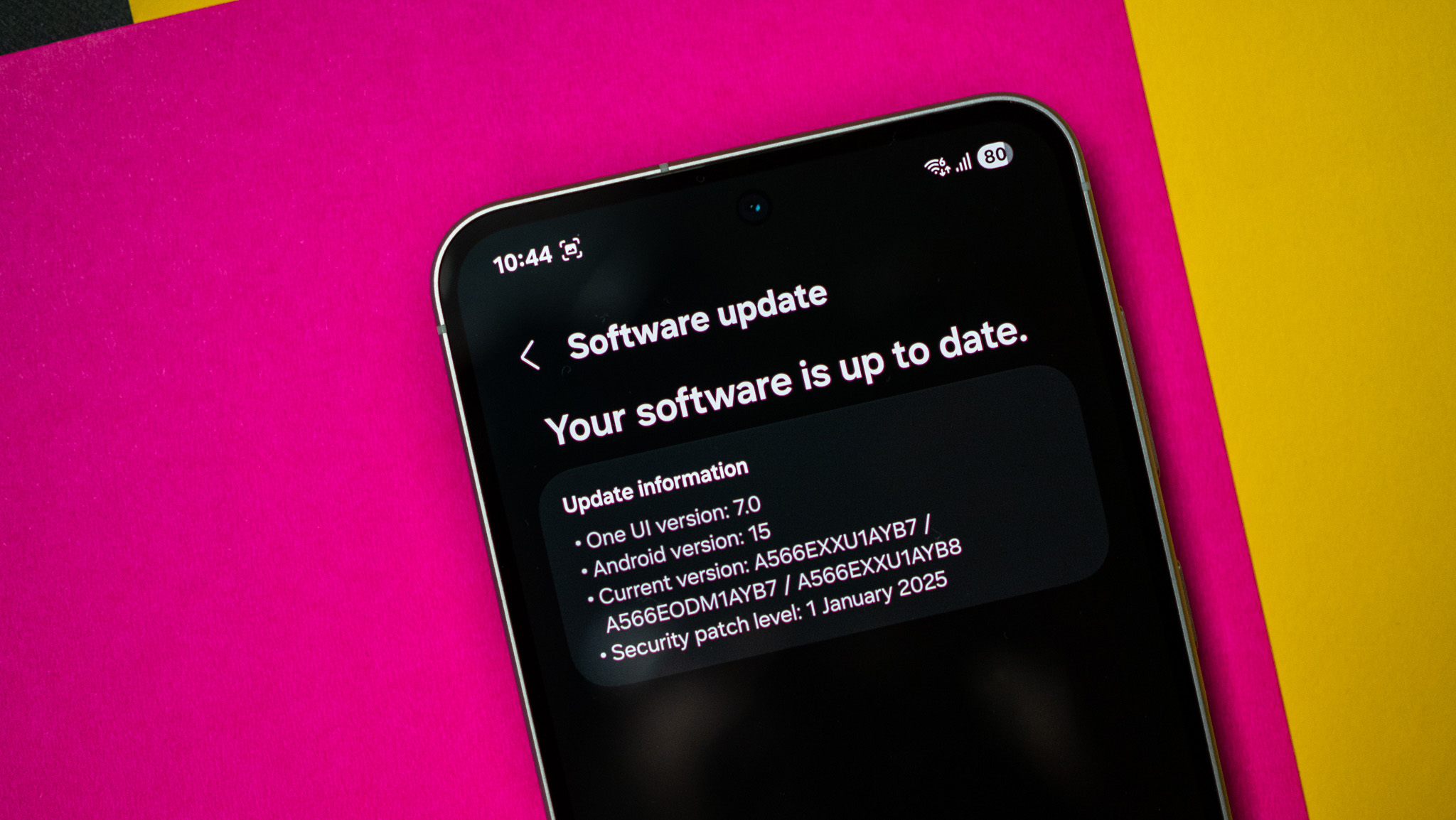



















![Beats Studio Buds + On Sale for $99.95 [Lowest Price Ever]](https://www.iclarified.com/images/news/96983/96983/96983-640.jpg)

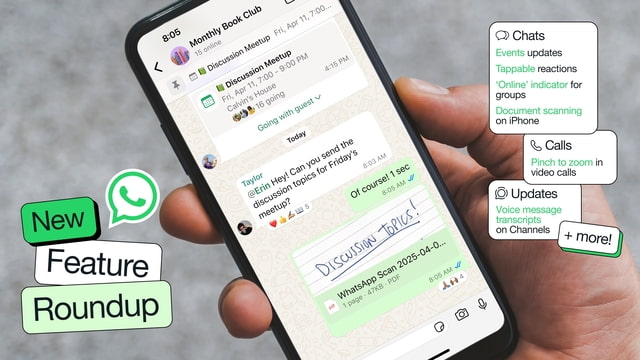
![Apple Watch to Get visionOS Inspired Refresh, Apple Intelligence Support [Rumor]](https://www.iclarified.com/images/news/96976/96976/96976-640.jpg)



















